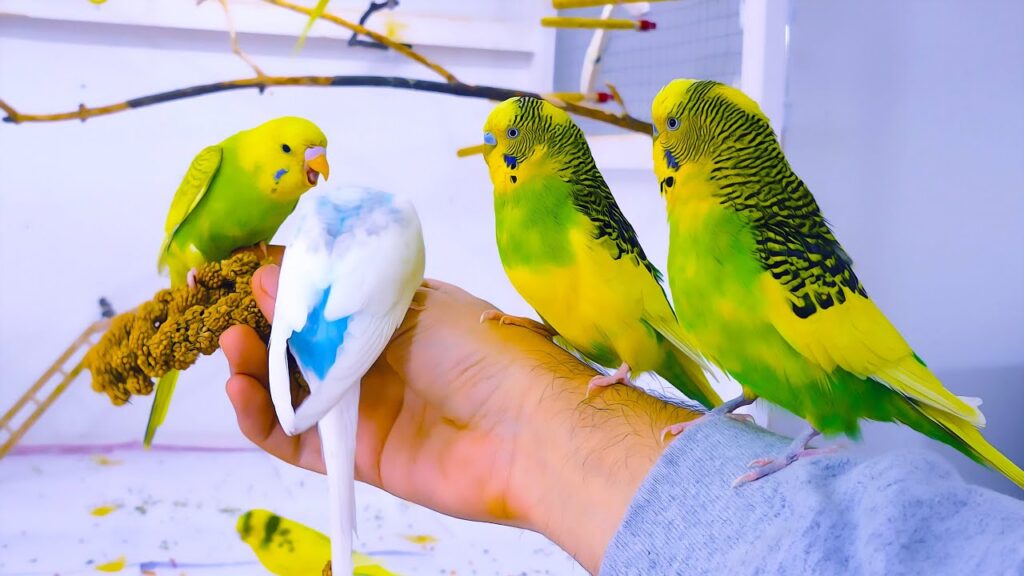Pet ownership comes with a profound responsibility – ensuring the well-being and happiness of our furry companions. Whether you have a playful pup, a curious cat, or any other furry or feathery friend, providing proper care is essential for their physical and emotional health. This comprehensive guide will walk you through the fundamental principles of pet care, covering various aspects to ensure a holistic approach.
Pet Care
Nutrition: The Foundation of Pet Health
A well-balanced diet is crucial for the overall health of your pet. Consult with a veterinarian to determine the appropriate diet based on your pet’s age, breed, and health condition. High-quality pet food, with the right balance of proteins, fats, carbohydrates, vitamins, and minerals, is essential for optimal nutrition.

Regular Veterinary Check-ups: Preventive Care Matters
Regular veterinary check-ups are key to preventing and addressing potential health issues. Vaccinations, parasite control, dental care, and routine examinations are vital components of preventive care. Establish a trusting relationship with your veterinarian to ensure the well-being of your pet throughout their life.
Exercise: Keeping Pets Physically and Mentally Stimulated
Physical activity is essential for pets to maintain a healthy weight and overall well-being. Dogs often require daily walks, playtime, and mental stimulation. Climbing frames and interactive toys are great for cats. Tailor the exercise routine to your pet’s breed, age, and energy level to ensure a happy and healthy lifestyle.
Grooming: Aesthetic and Health Benefits
Regular grooming improves your pet’s health in addition to keeping them looking their best. Brushing, nail trimming, and ear cleaning are essential for various breeds. Cats, especially long-haired breeds, may require additional grooming to prevent matting. Regular grooming sessions also provide an opportunity to check for any abnormalities or signs of health issues.
Hygiene: Clean Living Spaces for Healthy Pets
Maintain a clean living environment for your pet by regularly cleaning their bedding, litter box, and living areas. Good hygiene practices reduce the risk of infections and contribute to a healthier and happier pet. Always have fresh water available, and keep the bowls for food and drink clean.

Socialization: The Importance of Interaction
Socialization is crucial for pets to develop positive behaviors and avoid anxiety. Dogs, in particular, benefit from exposure to different environments, people, and other animals. Early socialization helps prevent behavioral problems and contributes to a well-adjusted and happy pet.
Pet Identification: Ensure Their Safety
Accidents happen, and pets may occasionally wander off. Ensure your pet’s safety by using identification methods such as collars with tags and microchips. This significantly increases the chances of being reunited with your pet if they get lost.
Understanding Pet Behavior: Building Strong Bonds
Developing a close relationship with your pet requires that you comprehend its behavior. Learn to recognize signs of stress, fear, or discomfort. Positive reinforcement training methods help reinforce desired behaviors, creating a harmonious relationship between you and your pet.
Pet Care- Video Tutorial
Conclusion:
Proper pet care involves a combination of love, attention, and a commitment to meeting your pet’s physical, emotional, and social needs. By following these guidelines, you can create a nurturing environment that promotes the health and happiness of your beloved companion. Remember, each pet is unique, and adapting your care routine to their individual needs will contribute to a fulfilling and lasting relationship.
